It was good to be back in Duthie Park last Sunday to attend the Aberdeen & District Royal Horticultural Society annual summer Flower Show.
The weather was fine, to match the quality of the exhibits in the great marquee.
Apart from the displays, I enjoyed catching up with a number of colleagues from the past as well as meeting a host of new younger members – that must be encouraging for the organisers.
Prizes
Together with Lord Provost David Cameron, I had the privilege of presenting prizes to the winners of the various competitions and classes and I may add they aged from about seven years old to over 70 years old.
That’s gardening for you.
As we handed over the trophies, many named after those who donated them, two names jumped out to remind me of the individuals.
Number 1: The Harry Duncan Trophy.
I came to work at the College of Agriculture in 1972 and my first boss was Harry Duncan. I couldn’t have wished for better.
No sooner had I settled into that job than I was introduced to one of the college governors, so to number two on my list, The Ronald Smith Trophy.
He was a stalwart in our profession, nurseryman, garden centre owner and what I might describe as a ‘horticultural politician’ because he did much for our industry in Scotland.
I loved best his tales of life as a boy on the Dunecht Estate where his father was head gardener, like cutting ice on the Loch of Skene to be carted home and stored in an ice-house for the laird and his family to use, before the age of fridges.
Excellent exhibits
To the show itself, the standard of the exhibits was excellent as might be expected though the number may have been down somewhat, a sign of recent times.
That said, I would be optimistic for the future by the time these reported 3 million new gardeners we have across Great Britain begin to get enthusiastic about their gardening abilities.
I guess the visitor numbers may have gone down a wee bit too but that said, on the good side, there was more room to see and compare the exhibits in the various classes.
Bulb planting
Well done to all concerned and now to one of the seasonal jobs coming up, bulb planting.
Any time now we will be into a frenzy of bulb planting inside and out.
As it happens, a bulb topic has come up recently relating to Amaryllis because some people have difficulty in getting them to flower regularly.
The problem is often related to the treatment immediately after the last flowering period and before trying to start them off again.
Let me re-cap on that bit, for a next time perhaps.
After flowering, we cut the flower stalk back to just above the bulb, keep watering and feeding to enhance the growth of the foliage, stopping only when the leaves start to turn yellow at the tips.
Successful flowering
This should be a gradual process of withholding water to dry the plant out.
When the leaves have completely died back, we cut them off 3cm or so above the bulb and by then, the neck of the bulb should have closed off.
Keep the bulbs in the pot in a dry spot, where the temperature remains above 15C.
This conditioning period over these last few months will have been critical to ensure successful flowering next time.
That feeding to improve leaf growth allows the plant to recover from the previous flowering and leading to the initiation of next year’s flowers, deep in the heart of the bulb.
During that dry ‘resting’ period, the new flower parts are differentiated within the buds, you might regard this as an early gestation period.
By now, the flowers will be perfectly formed just ready to appear next time, given the correct stimulation.
If you are dealing with new bulbs, it pays to soak them in tepid water for a couple of hours or so before potting individually.
Re-potting
What about re-potting?
Good question, the fact is, you need only consider re-potting if the bulb has patently grown too big for the present pot, in so doing leave the top third of the bulb above soil level and as a guide I suggest that there should always be at least a two-finger width space between the bulb and the wall of the container.
Water thoroughly and place in a warm spot to encourage fresh rooting.
Feed for a couple of weeks and the new flower shoots will develop pretty quickly.
In my experience, if the plant is not encouraged to make a vigorous start, there is a danger that the leaves will start to appear first and the flower stalk will be left behind.
For container growing of Amaryllis, choose a soil-based compost like John Innes No 3, adding a bit of extra organic matter in the form of well-rotted leaf mould, rubbed through a one-inch riddle.
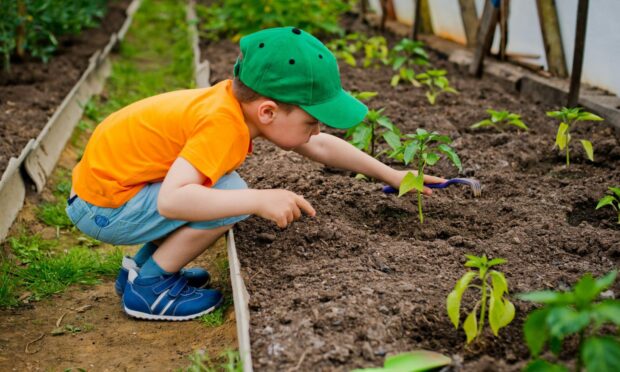
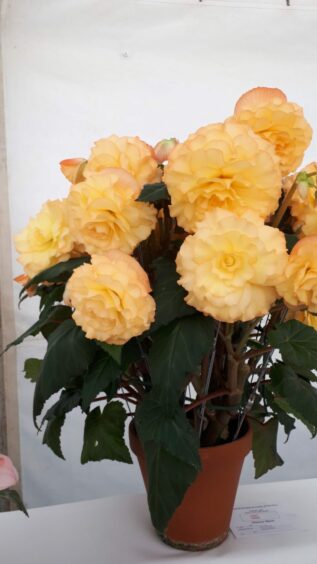
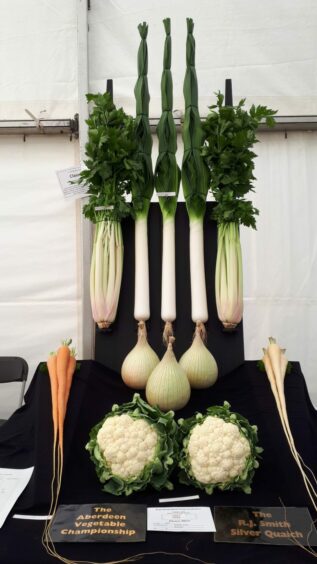
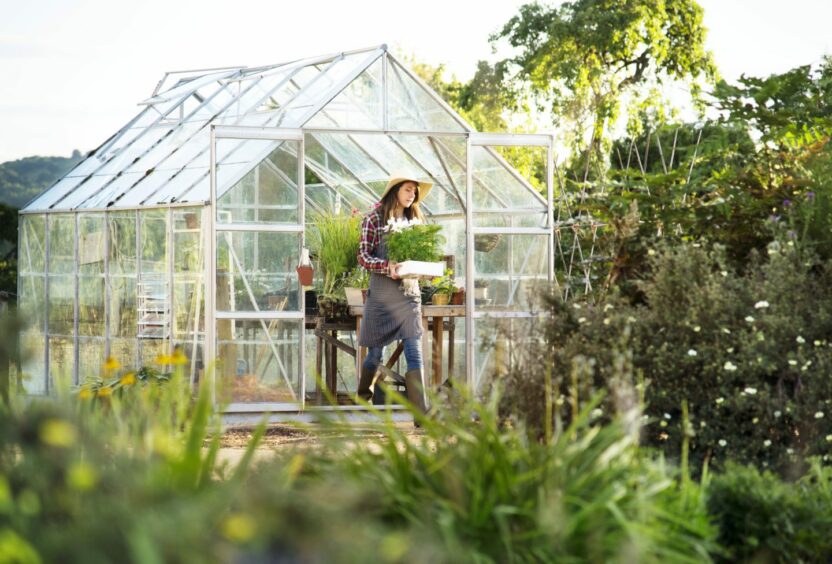
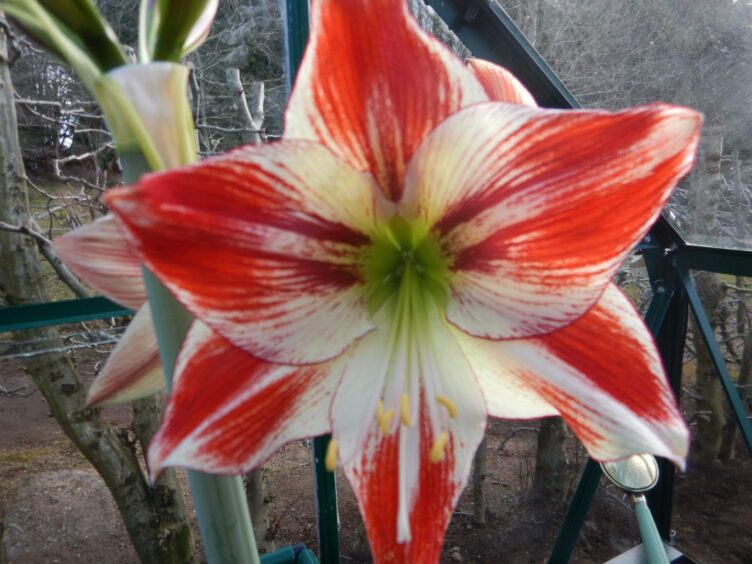
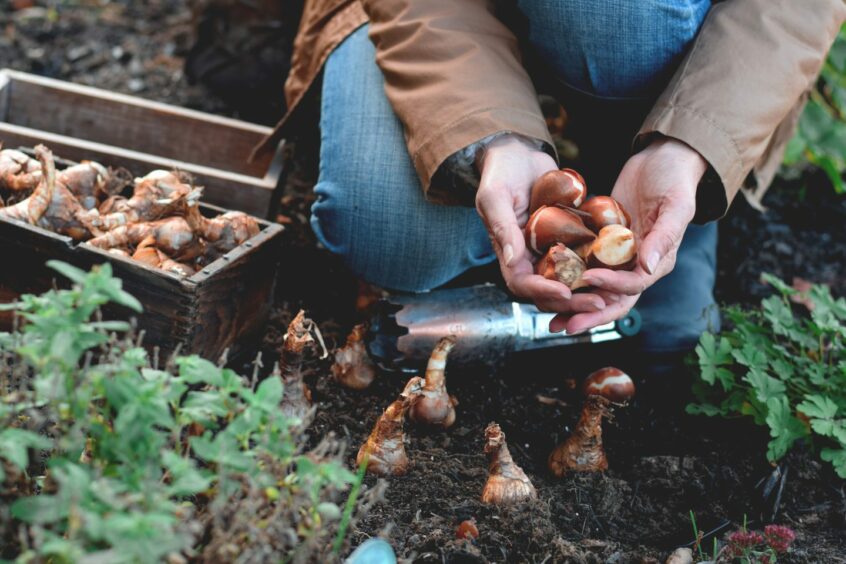
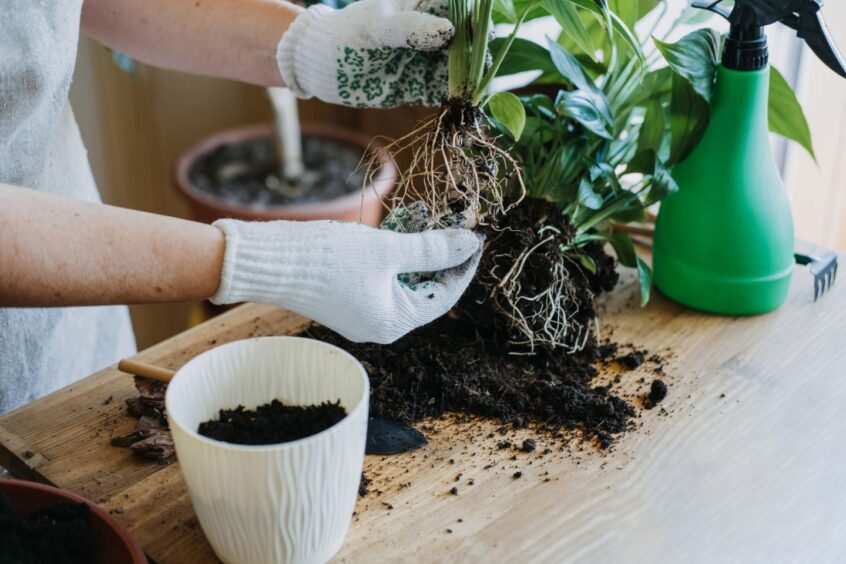
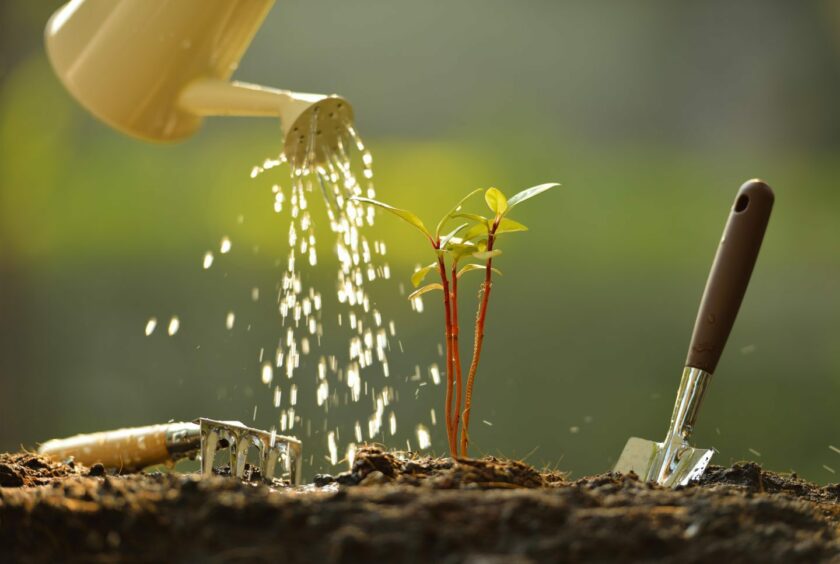
Conversation